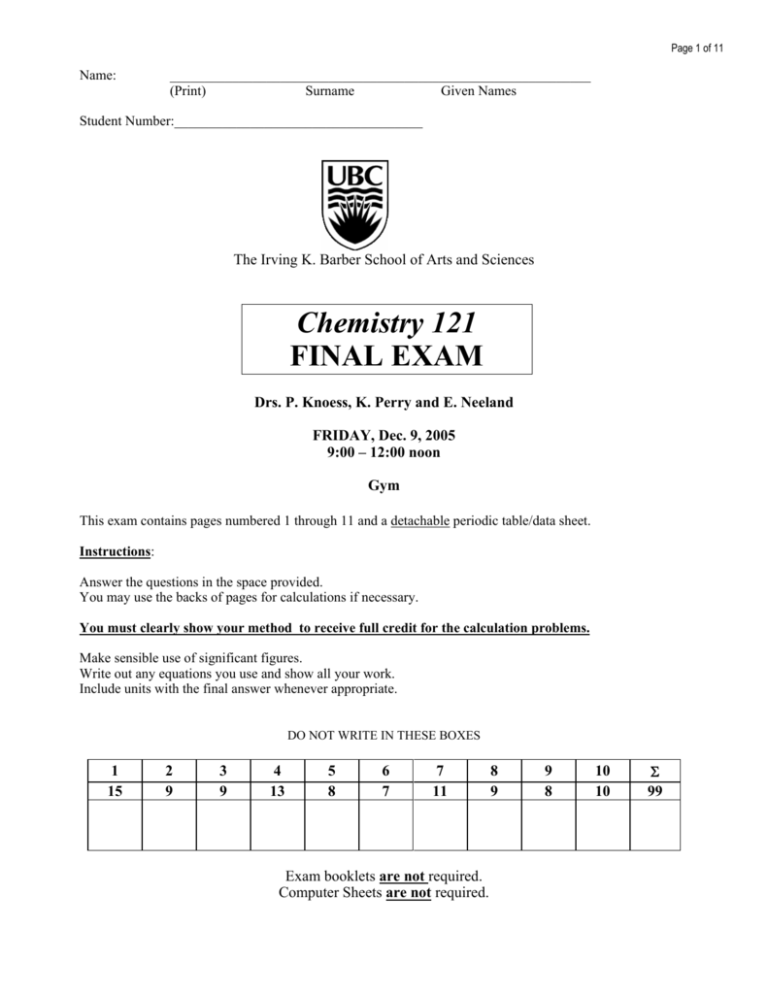

Naming elements is a much slower process now as a result. The International Union of Pure and Applied Chemistry (IUPAC), which establishes rules for things like naming chemical elements, invented systematic names to impose a kind of armistice on warring chemists. Naming rights go to the lab with priority in a discovery. Put the two together and you get Transfermium Wars - a bunch of chemists arguing about whose laboratory (and by proxy, whose superpower nation) was the best. At this time, nuclear chemists in the United States and the Soviet Union were synthesizing elements heavier than fermium (thus the adjective "transfermium") and the governments of the United States and the Soviet Union were embroiled in the Cold War (thus the noun "wars"). This last convention arose during the Transfermium Wars of the late 20th century, which, despite sounding like a science fiction battle for supremacy of the galaxy, was actually nothing more than an academic argument. How this scenario plays out is open to some speculation. Some have proposed naming it feynmanium (Fy) after the American physicist Richard Feynman who predicted it would be the heaviest element possible. If and when it is discovered it will be called this for a while.

In 2016 it was named oganesson after Yuri Oganessian, a pioneer in superheavy element research.

#CHEM 121 PRACTICE EXAM HOW TO#
Are you still here? Well, I guess I should tell you something about the periodic table - like how to read it.


 0 kommentar(er)
0 kommentar(er)
